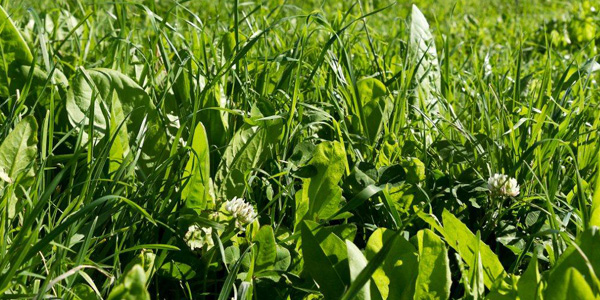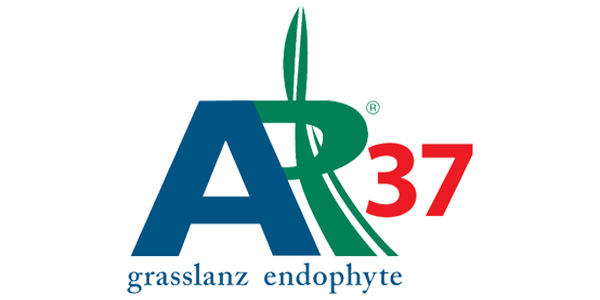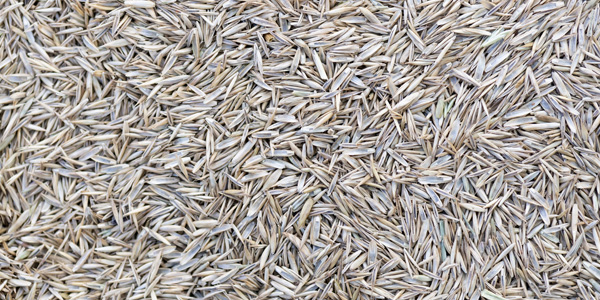
Chicory
Chicory
Forage Herbs
Over the last few years forage herbs have become a major part of summer-proofing farm systems nationwide. The benefits to farms have been well researched and supported by industry groups such as DairyNZ and Beef + Lamb New Zealand.
Pure sward chicory, plantain or Ecotain® environmental plantain are being used by many farmers as a multi-graze crop to boost farm production and profit. The key to any farm business is understanding which of these crops best matches their animal demands.
Chicory
Chicory is a perennial herb with a deep taproot, providing high quality forage and high warm-season drymatter production. Choice chicory has been thoroughly proven on farms and in research to substantially improve production both per animal and per hectare. It can be considered as a regrowth summer crop that in the right soil conditions can last 2-4 years.
Chicory is suited to many soil types, but growth and persistence is maximised on soils with high fertility that do not frequently become waterlogged (e.g. poorly developed ex-swamp land). It has been successfully used on many soil types, including heavy clay soils, with the major challenge being the prevention of pugging damage in winter and early spring where the expectation of the crop persistence is greater than 18 months. Fertile, free draining paddocks remain the best option if a 2-4 year crop is planned.
Due to its significant growth potential from a spring sowing, Choice chicory has developed into a significant player in the summer dry dairy environments. Its value as a high quality, multi-graze protein crop has led to its success as a six month crop in a pasture renovation programme.
Choice chicory in dairy systems is a reliable crop for summer dry conditions once fully established. Chicory's deep tap root, high drymatter growth rates and excellent regrowth potential in hot conditions makes it a versatile summer crop. Choice has the ability to continue to supply quality feed beyond the point when most summer turnips are finished; an important feature in a year with extended dry conditions.
Choice can also be added to a pasture mix to improve summer production and quality enabling new pastures to carry higher quality feed later during dry summers.
How is Choice used on farm?
- Mixed with a grass/clover pasture
- As a special purpose crop
- Oversown into pasture
What are the key tips about sowing Choice for dairy cows?
- The amount you plan to feed your cows and your potential yield will determine how much Choice you should sow. This could be as much as 10% of your area
- Use Nitrogen (DAP) at sowing and then again after first grazing
- After planting Choice always roll the paddock
- Once you have planted Choice, aim to spray for weeds irrespective of crop growth stage when weeds are at the 2-4 true leaf stage
- Graze when the chicory is 20-25 cm high (redband gumboot height) and down to a residual of 4 cm
How is Choice established?
- Chicory is more sensitive than ryegrass to sowing depth and soil temperature. It establishes best when sown into warm soils (12° C +) at 10 mm in depth, and where there are low amounts of competition from other plants during the first three months.
- Spring sowing is highly preferred, and late-autumn plantings should be avoided as the ideal time for first grazing from a mid March planting is mid June.
- Weeds should be thoroughly eliminated before sowing because post establishment herbicides for chicory are limited. Some unregistered pre-emergence herbicides are used when establishing chicory without grass or plantain. Many weeds can be controlled in the early stages of establishment with Preside™ herbicide at recommended rates.
- Where it is expected that pastures will require a hormone spray after establishment, grass can be planted on its own with chicory (at least 3 kg/ha) and clover seed spread just before grazing in spring.
- Soil fertility should be the same as required for ryegrass/clover pastures. Nitrogen fertiliser improves establishment of chicory, especially when temperatures allow for active growth.
What are the principles of good management?
- Chicory is most productive and persistent when it is rotationally grazed, and spelled until 2-4 leaves/plant have fully re-grown (crop will have a mass of about 3000 kg DM/ha, or 15-20 cm height).
- Between spring and autumn this will mean a 21 to 35 day rotation.
- In mid-spring (October) of the second season, chicory plants will develop a reproductive stem. This should be grazed off, close to the ground, while it is small (< 10 cm) and soft (see photo). A second grazing just two weeks later will reduce stem regrowth for the rest of the season.
- Chicory is an extremely productive plant that is very responsive to large amounts of fertiliser. Its main requirement is nitrogen, and the clover in the sward will not be able to provide enough fixation for maximum chicory growth.
- Farms with specialist chicory pastures under irrigation are applying nitrogen (e.g. 60 kg/ha of urea) after every grazing, but for lower-input systems 2-4 applications of 80 kg/ha of urea over spring and early summer will be adequate for moderate carrying capacities.
- Phosphate, sulphur and potassium should be applied at maintenance rates that reflect the higher stocking rates (e.g. 200% of farm average).
- Specialist stands of chicory without grass will tend to get winter annual grasses (e.g. poa annua) after 1-2 seasons. These can be controlled with grass-selective herbicides to improve spring production and persistence.

Our Herbs range
VIEW PRODUCTS



